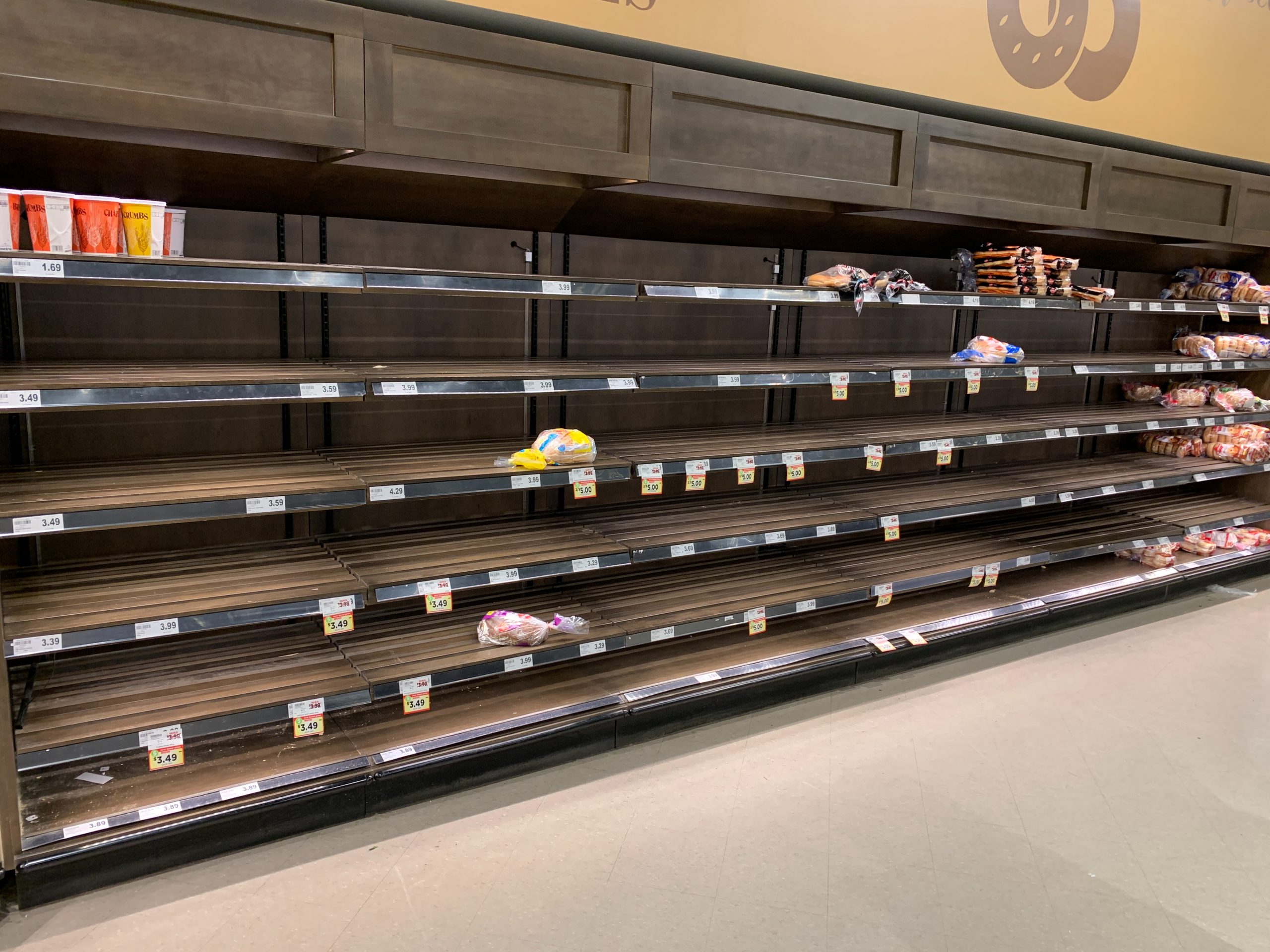Phantom inventory plagues retailers and brands alike. Brands need to know what phantom inventory is and how to avoid it.
What is Phantom Inventory?
Phantom inventory happens when your products appear to be available at a retail store within a retailer’s inventory system but are actually missing or out-of-stock. When you think that your products are available but are actually not, you risk lost sales and lower profit margins.
In one case, a CPG manufacturer lost 5% of its total revenue with one retailer during a large promotion due to Out Of Stocks.
In this age of convenience, consumers expect their desired product to be where they want it: on the shelf where it normally is. If it’s not, they’ll skip the purchase, substitute it with a different product, or delay the purchase. The lower the price point and more commoditized an item, like toothpaste, the more likely they’ll buy from a competitor that has a similar offering. In the worst-case scenario, you’ve now not only lost that single purchase but that customer has now switched brands and you lose out on their future sales.
Phantom inventory can wreak havoc on your sales if there is an automatic reordering system in place with your retailers by making electronic stock appear higher than what’s really available.
For the health of your bottom line, investigate if phantom inventory is happening to your products at every store you work with. Keep reading to learn how to prevent phantom inventory and reduce it if you’re struggling with it right now.
1. Know how to spot phantom inventory.
Understanding how to spot when phantom inventory is occurring is the first step toward solving it. There are two ways to check if it’s happening to you: physical and analytical observations.
First, perform a physical observation. Check shelves, backrooms, and unpacked boxes for inventory not accounted for. For even more peace of mind, hire an external third-party who is objective to come in and help with inventory audits.
Secondly, know the signs of phantom inventory and regularly check for it through analytical observation.
There are three main red flags in your analytics to look for:
- Inventory turnover is decreasing.
- Your reporting shows that inventory is available but no sales have occurred at that location over a period of time.
- Inventory is manually allocated to locations and a rise in sales is observed but then falls back to a “no sales” status.
2. Identify the root cause of your phantom inventory.
If it does appear phantom inventory is happening to you, the next step is to identify what’s causing it. Use this checklist of common root causes of phantom inventory to see which of them is causing you to lose sales.
- Shrinkage or theft – is your inventory mysteriously disappearing? What security measures does the store have in place?
- Receiving errors – is the store tracking every shipment from you properly? Is there a mistake in their system that keeps happening?
- Backstocking errors – is your inventory reaching the back room correctly? Is the retailer’s system recording it properly?
- Incorrect recording of a sale – what’s happening with the point of sale system?
- Poor or infrequent inventory audits – how often do inventory audits occur? How thorough are they?
- Misplaced inventory – are customers walking off with your products and putting it elsewhere in the store? What does the retailer do to minimize this?
3. Communicate with the retailer
No matter what, ask your retailers what processes they have in place to prevent phantom inventory. This is important, even if you don’t think you’re experiencing it. Understanding what processes your retailer has in place will help you decide what your next steps are to prevent phantom inventory or stop it if it is happening.
If you think it’s happening to your products, discuss your findings from your physical and analytical observations. Ask for the retailer’s help in resolving these issues. They may not be aware that anything is amiss and if it’s happening to you, it’s likely happening to their other brands.
If your retailer doesn’t have anything in place to deal with phantom inventory, it’s likely that they don’t understand the impact on their bottom line. Talk to them about how phantom inventory can hurt brands and retailers because it costs you both sales. It also can harm long-term relationships between retailers and brands. Plus, it wastes their employees’ time as they must try to track down non-existent items when a customer asks for it but the employee doesn’t realize it’s out of stock.
4. Engage a third party
If your retailer does not have a solution to your phantom inventory problem that satisfies you, consider soliciting the help of a third-party merchandising company. These experts are trained in spotting phantom inventory and can help you put the right measures in place so you don’t miss out on future sales.
Click below to learn about how Retail Merchandising Services, Inc. can help you avoid and reduce phantom inventory.

